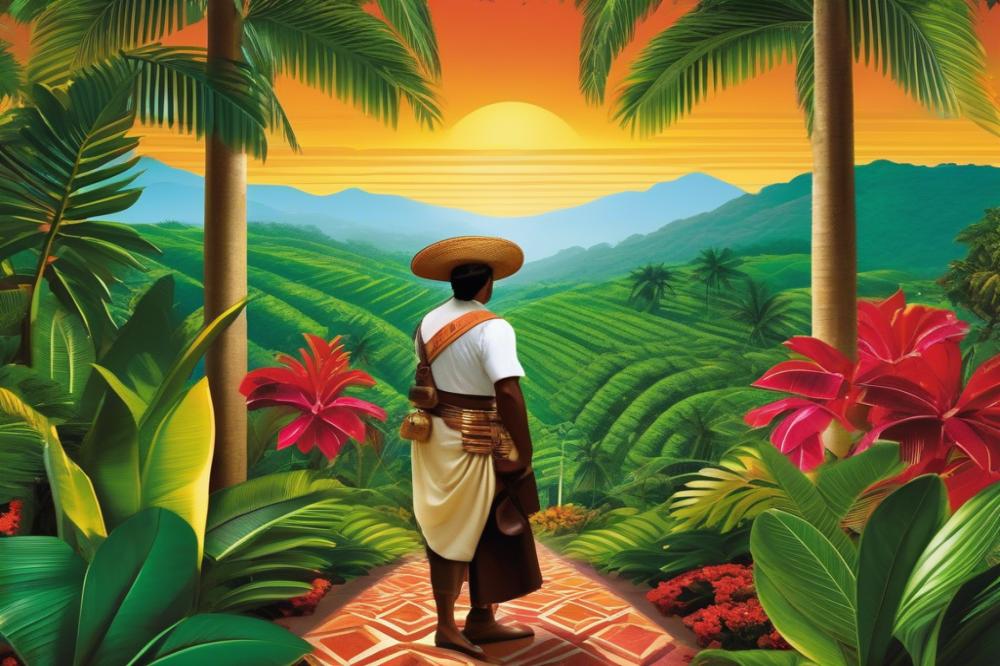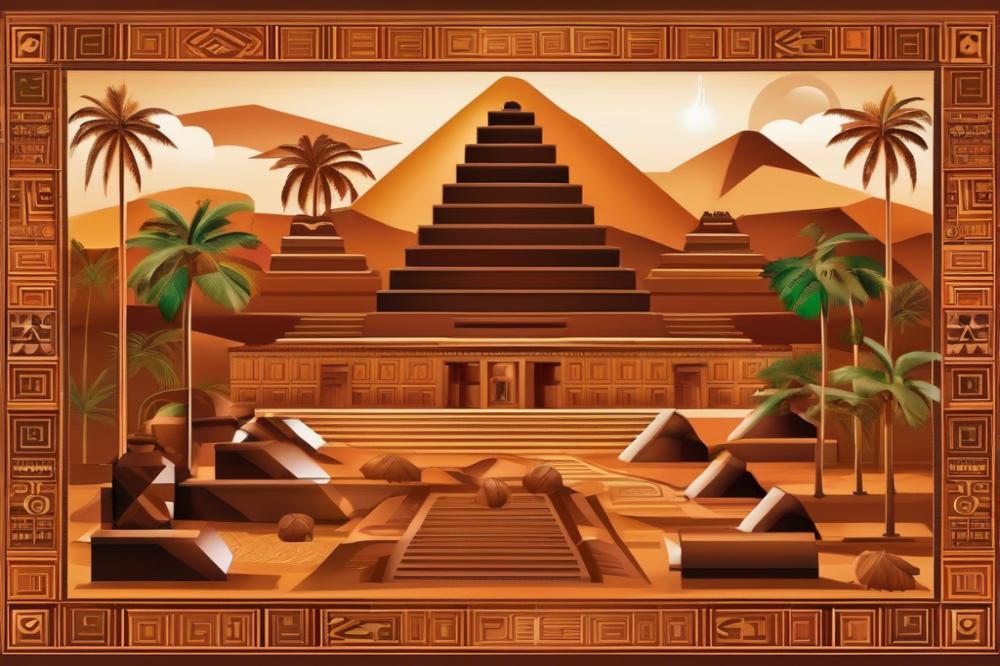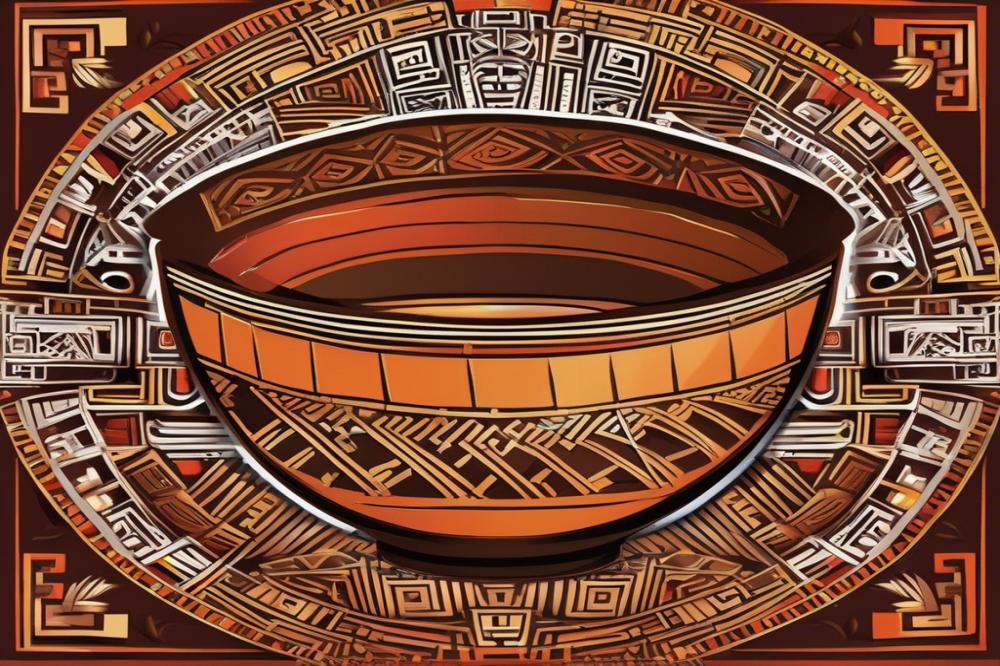Origins of Chocolate
Chocolate has a fascinating history that dates back thousands of years. The story begins in Mesoamerica, where the Olmecs were among the first to cultivate cacao. This ancient civilization discovered the magical qualities of cacao beans and used them to create a bitter drink. Later, the Maya and Aztecs adopted this beverage, which became central to their rituals and social gatherings.
The Aztecs valued cacao beans highly. They even used them as currency for trade. The drink made from cacao was often flavored with spices and served during special occasions. However, this concoction was far from the sweet treat we enjoy today. Instead, it was a complex beverage that showcased the rich culture of Mesoamerica.
Enter the history-of-hot-chocolate-from-ancient-drink-to-modern-treat”>Spanish Explorers. When they arrived in the New World during the Age of Exploration, they were captivated by the cultures they encountered. They quickly realized that cacao had deep roots in local traditions. As they interacted with the Aztecs, they were introduced to the distinct drink made from cacao. Its unique bitterness initially puzzled these European explorers, but they soon saw its potential. They began to sweeten it with sugar and spices after returning to Spain, forever transforming its consumption.
Chocolate quickly grew in popularity throughout Europe. The drink became associated with wealth and high society. Spanish nobility embraced it, making it a staple in their lives. This cultural exchange sparked a revolution in how chocolate was viewed and consumed worldwide. By bringing cacao to Europe, these explorers opened the door to a new culinary tradition that would eventually evolve into the chocolate we savor today.
The journey of chocolate from Mesoamerican rituals to European palaces illustrates the power of colonization and trade. It also highlights the rich cultural interactions that have shaped global history. Today, we can appreciate this delicious treat, knowing its roots lie deep in the innovative practices of ancient civilizations.
Spanish Explorers and Their Encounters
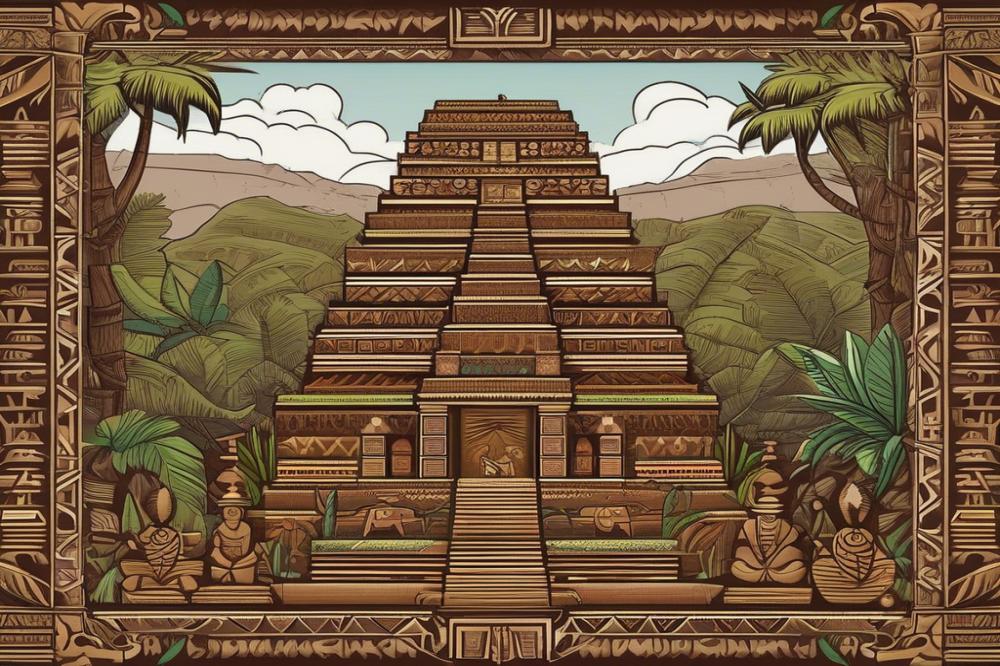
The Age of Exploration in the 15th and 16th centuries brought Spanish explorers to the Americas. These adventurers sought wealth, land, and glory. Instead, they stumbled upon rich cultures filled with extraordinary resources. Among these treasures was cacao, a product that would alter the course of culinary history.
First encounters with cacao occurred during meetings with the Aztecs. Early Spanish explorers saw how the indigenous people consumed cacao beans. They prepared a drink, often served at ceremonies and royal events. To the Aztecs, this beverage was more than just food; it represented status and power. It was often spiced and served in a frothy state, offering a unique sensory experience.
Cacao was sacred and held immense value in Mesoamerican cultures. The Aztecs used cacao beans as currency, trading them for goods and services. This practice illustrated cacao’s importance in their economy and social structure. Furthermore, cacao frequently appeared in rituals and was considered a gift from the gods. Such reverence highlighted its role in community life and cultural exchange.
The Spanish were captivated by this new commodity. They recognized cacao’s potential for sweetening, creating a drink that would cater to European tastes. Soon, cacao made its way back to Spain, igniting curiosity and desire among Spaniards. The historical impact of this newfound obsession would resonate for centuries.
The Process of Introducing Cacao to Spain
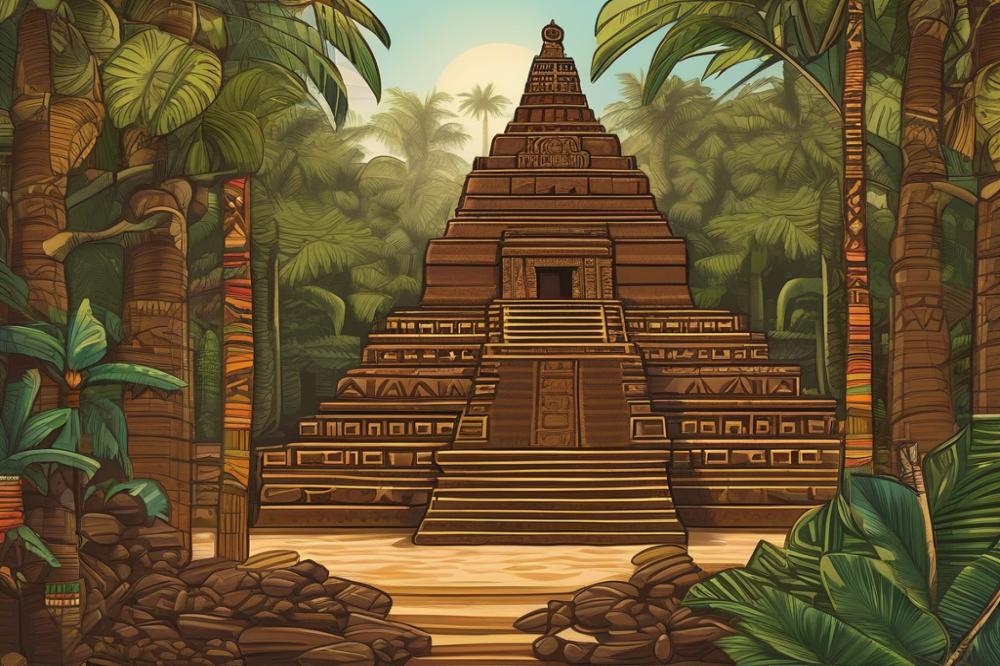
The age of exploration opened up new avenues for trade and colonization. Spain’s explorers were not just looking for gold and silver; they were also discovering a wealth of resources, including cacao. This precious bean, first cultivated in Mesoamerica, had a significant impact on cultural exchange between the New World and Europe. The Aztecs were known to consume cacao in elaborate rituals, often using it to create thick drinks flavored with spices.
In Mesoamerica, cacao was far more than a treat. It played a crucial role in society, serving as currency and an essential part of religious ceremonies. The Aztecs made a drink called ‘xocoatl,’ which had an intense, bitter taste. This drink was often reserved for the elite, reflecting its importance within their culture. When Spanish explorers first encountered this beverage, its distinctive flavors and uses piqued their interest.
Upon returning to Spain, these explorers introduced cacao to Spanish courts. However, they did not simply replicate the Aztec preparation methods. Adaptation was key. To cater to European palates, they began sweetening the brew. Sugar, which was also a recent import from the New World, replaced the traditional spices. This new version of cacao quickly gained popularity among the nobility.
By sweetening the drink, they transformed it into a delightful indulgence. The Spanish nobility enjoyed it both for its unique taste and its association with exotic lands. The drink became a symbol of status, making cacao highly sought after in European markets. Soon, chocolate houses began to pop up across Spain, showcasing this cultural exchange that blossomed in the wake of colonization.
Cultural Exchange and Transformation
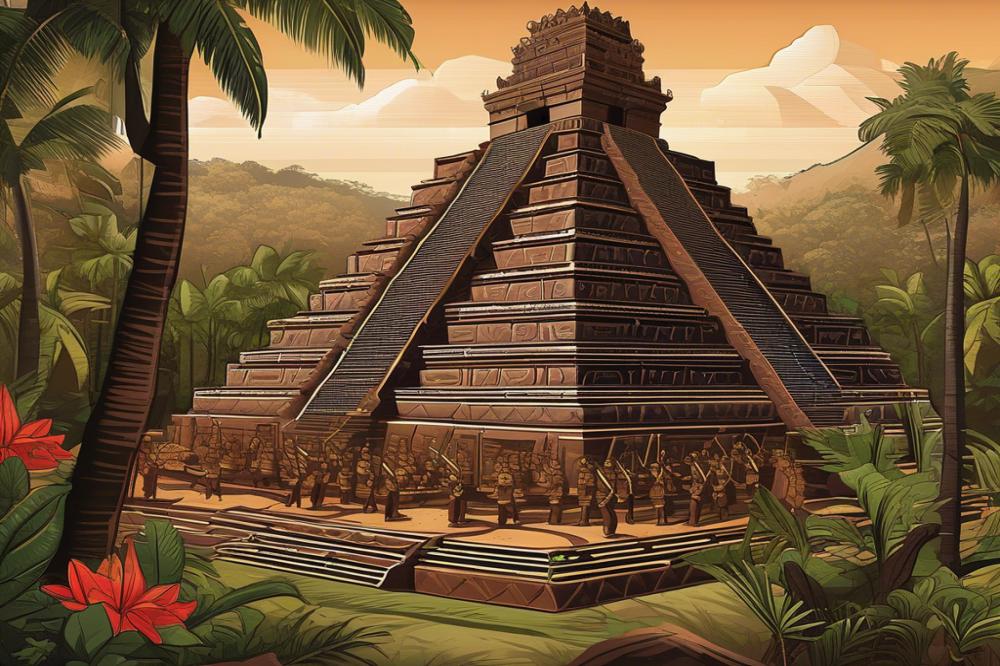
When cacao traveled from Mesoamerica to Europe, it underwent a significant transformation. The Aztecs enjoyed cacao as a bitter beverage, often flavored with spices. Spanish colonization changed everything. They introduced this Mesoamerican treasure to their homeland, but with a twist. Sugar became a key ingredient, sweetening the once-bitter drink and making it more palatable for European tastes.
Spanish nobility played a crucial role in the popularization of chocolate. This elite class embraced cacao as a luxurious commodity. They celebrated it at social gatherings, showcasing it as a symbol of wealth and sophistication. As word spread, others in Europe became curious. Soon, chocolate wasn’t just a Spanish delight; it captivated the attention of various European countries.
The influence of chocolate quickly expanded throughout Europe. Countries like France and Italy took note and adopted their own styles of chocolate drinks. Different regions experimented with flavors and presentation, creating a diverse range of options. Some added milk, while others made it frothy for the perfect sip. This shared passion for cacao led to a bustling trade, with cacao beans commonly sought after in marketplaces.
The history of chocolate reflects a rich tapestry of cultural exchange. It began with the ancient civilizations of Mesoamerica and reached the aristocratic tables of Spain. From there, interest blossomed into a European sensation. Chocolate drinks evolved and transformed into a symbol of indulgence across cultures. Today, we enjoy a delightful beverage with roots deeply embedded in this fascinating history.
The Rise of Chocolate Trade
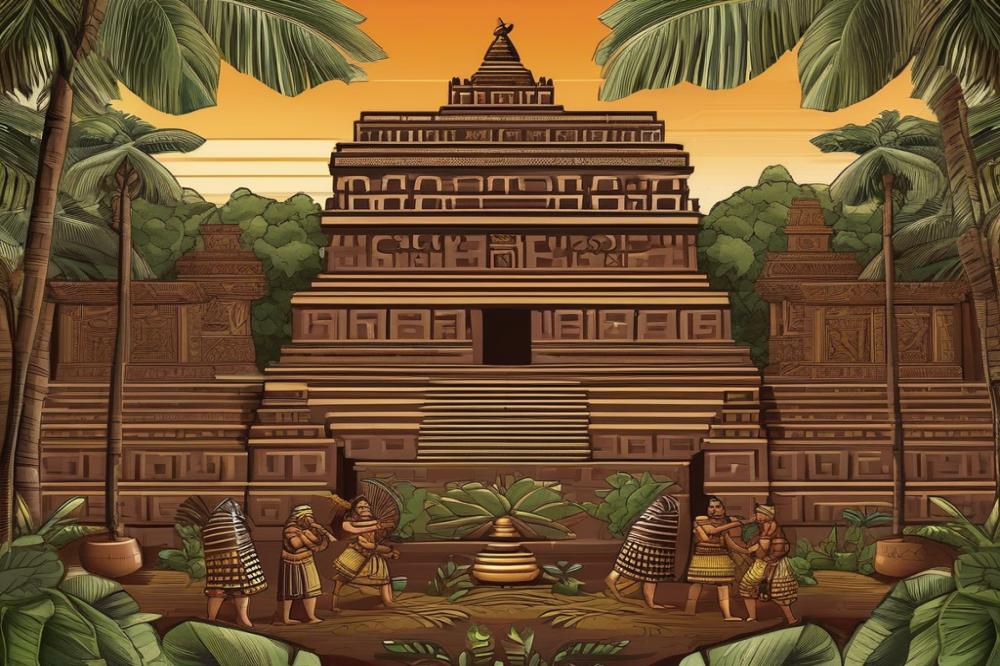
Development of cacao plantations began soon after the introduction of chocolate to Europe. Spanish colonizers recognized the value of cacao as a profitable crop. They established large plantations in regions like the Caribbean and Central America. This marked a significant change in agricultural practices. Plantations flourished under a system that exploited local labor, leading to a surge in cacao production.
The growth of the chocolate trade had a profound impact on international dynamics. As demand grew in Europe, trade routes became essential. Spain took the lead in shipping cacao beans across the Atlantic Ocean. Chocolates became a hot commodity, driving trade and altering markets. Other European nations observed this lucrative business and joined in. Soon, the love for chocolate spread across borders.
Chocolate’s rise as a luxury item in Europe made it even more fascinating. Initially enjoyed by the elite, it became a symbol of status. The Aztecs had previously consumed cacao in various forms, often without sweetening. However, Europeans added sugar and spices, transforming the experience. This innovation sparked a chocolate craze. Cafés began popping up in cities, where people gathered to sip this delightful beverage. Chocolate houses became trendy spots for the wealthy.
As a result, cacao shaped cultural exchange between continents. Spanish influence acted as a bridge, introducing various traditions. The merging of Mesoamerican and European flavors created a rich history of chocolate. This new luxurious drink became entwined with social life and festivities. By the late 17th century, chocolate was firmly embedded in European society.
Chocolate in Modern Culture
The journey of chocolate has transformed dramatically over the years. Originally, it was a frothy drink enjoyed by the Aztecs in Mesoamerica. This drink was far from the sweet delights we know today. It often tasted bitter and was flavored with spices. As chocolate traveled to Spain, things began to change. Spanish palates were drawn to its intense flavor. There, it started to be sweetened with sugar, making it more appealing to European tastes.
Over time, the evolution continued. Chocolate shifted from a drink to a solid confection. By the 19th century, advances in technology allowed chocolate to be molded into bars. This shift created a whole new world of consumption. Today, people enjoy chocolate in various forms, from bars to truffles, cakes to hot cocoa. Each item reflects its rich history and cultural significance.
The role of chocolate in culinary traditions remains strong. Many cuisines around the globe feature it in desserts or savory dishes. Some cultures add cacao to sauces, enhancing flavors in surprising ways. Chocolate has also become a staple in celebrations, such as Valentine’s Day and birthdays. People exchange gifts of chocolate as a symbol of affection and care. This act shows how deeply ingrained chocolate is in social customs and gatherings.
Reflecting on the legacy of those early explorers reveals much about today’s world. Their journeys resulted in a profound cultural exchange. Cacao became a global commodity, connecting different nations through trade. Spain took cacao from the New World and shared it across Europe. This spread solidified chocolate’s place in many societies. It continues to inspire chefs and home cooks alike. The sweetening of chocolate is just one small part of its vast narrative.
Final Thoughts on the Sweet Journey of Chocolate
Chocolate’s journey from Mesoamerica to the rest of the world is a fascinating tale. Initially enjoyed as a bitter beverage by ancient civilizations, chocolate underwent a transformation thanks to its new admirers. The rich flavors and unique cultural significance captured the hearts of many. Over time, it evolved from a ceremonial drink to a beloved treat for people everywhere.
The role of explorers in this story is pivotal. They were the bridge between worlds, introducing a product that would become a cornerstone of culinary delight. Their adventures brought not just cocoa beans but also the recipes and customs that would make chocolate a global sensation. Without their efforts, it is unclear how long it would have taken for chocolate to gain its worldwide popularity.
Culturally, chocolate has become much more than a food item. It is now a symbol of love, celebration, and comfort. It plays a significant role in many cultures, from weddings in Europe to festivals in South America. As we enjoy chocolate today, we should remember its rich history and the journey it undertook to reach our tables.
Looking forward, the future of chocolate seems bright. New flavors and products continue to emerge. As globalization unfolds, people around the world will find new ways to celebrate and innovate with this ancient food. Chocolate will likely remain a cherished part of many lives for years to come.

